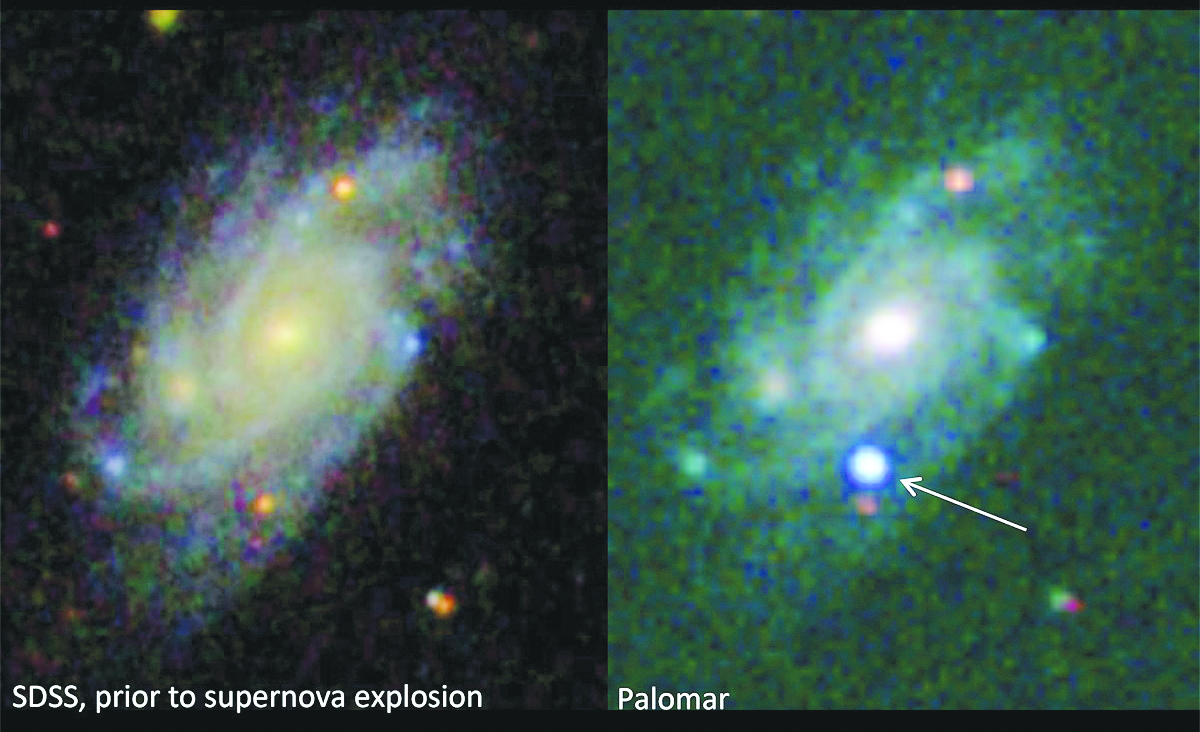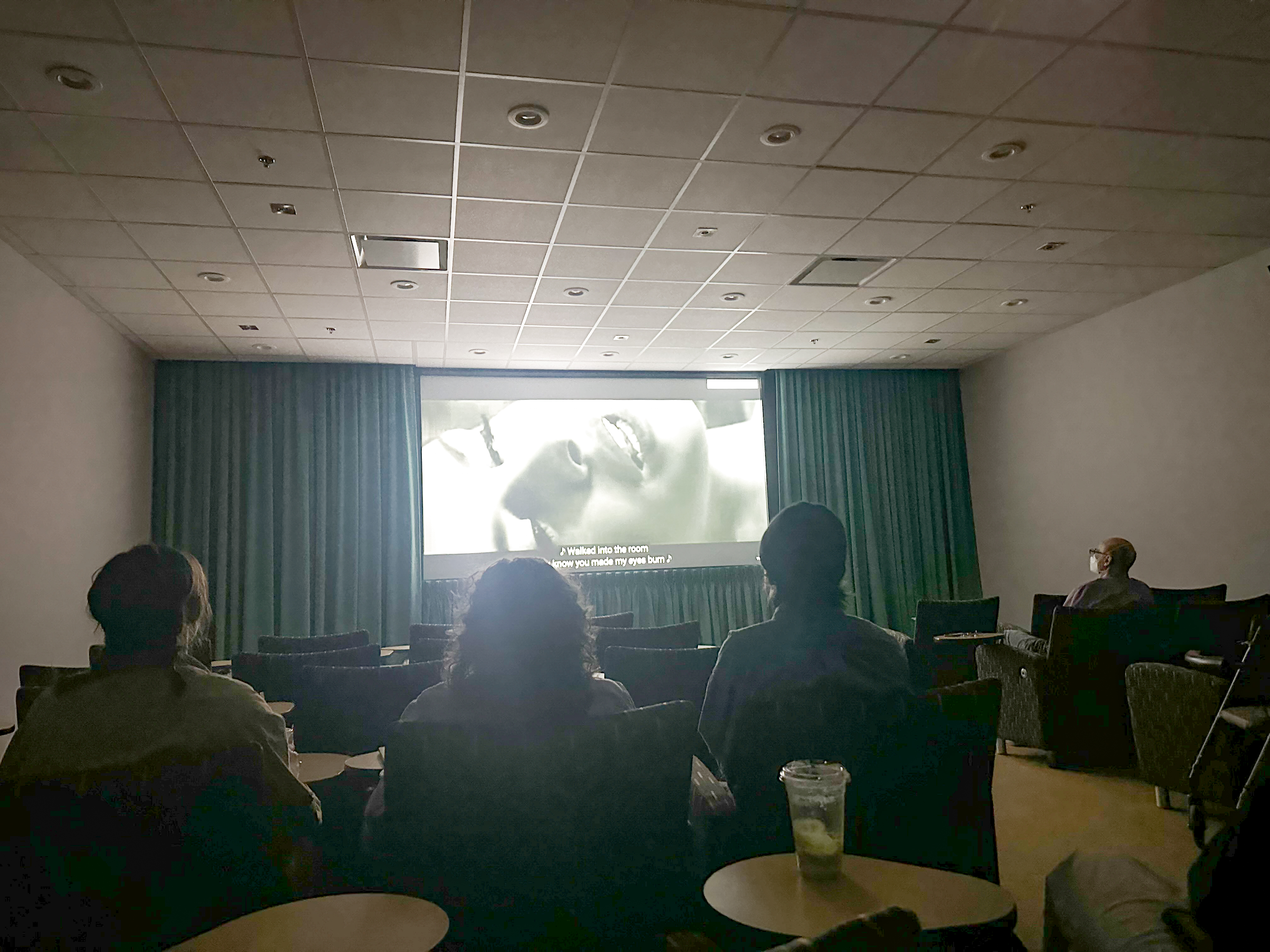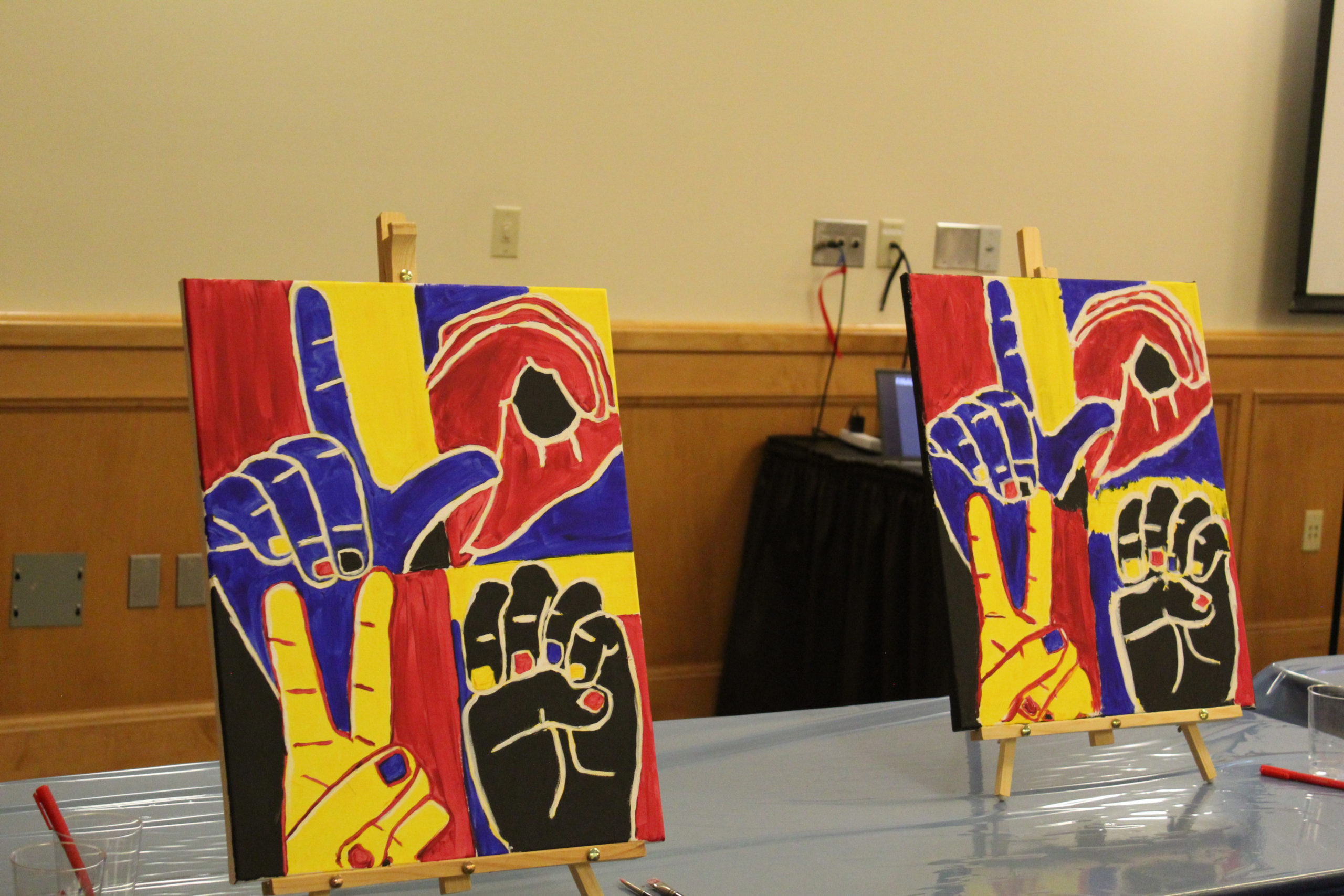The chair you’re sitting on was once an exploding star.
At least, the metal part was. We know that because most metals can’t be formed anywhere else. This includes the gold and silver in jewelry, the copper and rare earth metals in electronics and the iron in your chair’s steel fasteners.
While it’s easy to think nothing could be more boring than a chair, those atoms have actually seen several billion years of adventures, ranging from nuclear explosions to interstellar travel and forming new worlds.
The atoms’ journey began in the core of a red giant star around 4.5 billion years ago, according to the educational website “Space.” These stars are up to eight times as massive as the sun. Like all stars, they run off nuclear fusion, a process in which light-weight nuclei combine to form heavier ones. Elements weighing less than iron form in the star’s core through fusion; when the star runs out of lightweight fuel, it explodes in a supernova. Elements heavier than iron—such as gold, silver or copper—form during this explosion.
The dust cloud spread through the galaxy, and eventually became part of a small new star, the Sun, and its system of planets. NASA’s website describes this process. The sun began its life with an explosion that blew light, gaseous elements like hydrogen and helium outward to form Jupiter, Saturn and the other gas giants. Meanwhile, heavy atoms like metal stayed near the sun. Dust coalesced into meteorites, which collided to form planetesimals, and eventually the Earth accreted.
The metal cycled through Earth’s geologic system—deep underground, high tops of mountains, weathered and re-crystallized—until intelligent life (humanity) appeared and figured out how to refine and forge it. Metal doesn’t appear at the earth’s surface by itself, it’s generally part of some mineral (ore). Developing the technology to refine metal ores was an important step in the development of civilization. Prehistoric people used metal mostly for weapons; we use it for hundreds of daily items. Right now, the atoms in your chair are in a boring form, but just think where they’ve been!
In the future, the sun will expand and burn Earth to a cinder. The atoms from your chair will spread across the universe to continue their interstellar travels. Next time you are stuck in what feels like a million-year lecture, you can distract yourself by thinking about this. There is a fascinating story behind the most mundane everyday items.

A brilliant supernova (right) explodes in the galaxy UGC 9379, located about 360 million light-years from Earth, in this before-and-after view. The left image was taken by the Sloan Digital Sky Survey, while the right image was obtained with a 60-inch telescope at the Palomar Observatory.



